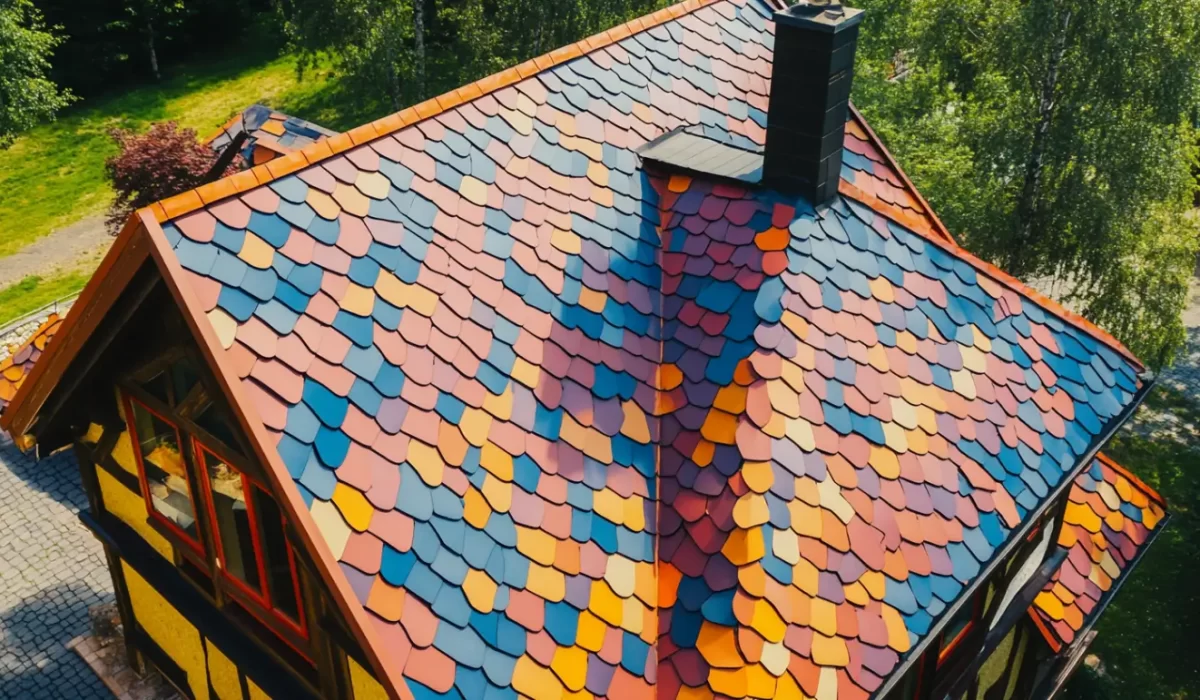Your roof color greatly affects your home’s energy efficiency, influencing heat retention and energy costs. Light-colored roofs in warm climates reflect solar energy, reducing cooling expenses, while dark roofs in colder areas retain heat, lowering heating bills. Understanding this impact is essential for maximizing savings and comfort in your new home. For expert advice on selecting the ideal roof color, turn to Fontaine Roofing in Anaheim, CA.
Understanding the Science Behind Roof Color and Heat Retention
Roof color significantly impacts energy efficiency. Light gray or lighter shades enhance solar reflectance, keeping homes cooler in summer by reflecting more sunlight and absorbing less heat. Conversely, dark gray or darker roofs absorb more solar energy, raising indoor temperatures—especially problematic in warmer climates.
By understanding how roof color influences heat absorption, you can select an ideal shade for your home. This choice can lead to substantial cooling cost savings, lower energy consumption, and increased energy efficiency. Choosing the right roof color is a smart way to reduce energy use and maintain a cooler home.
Contact Us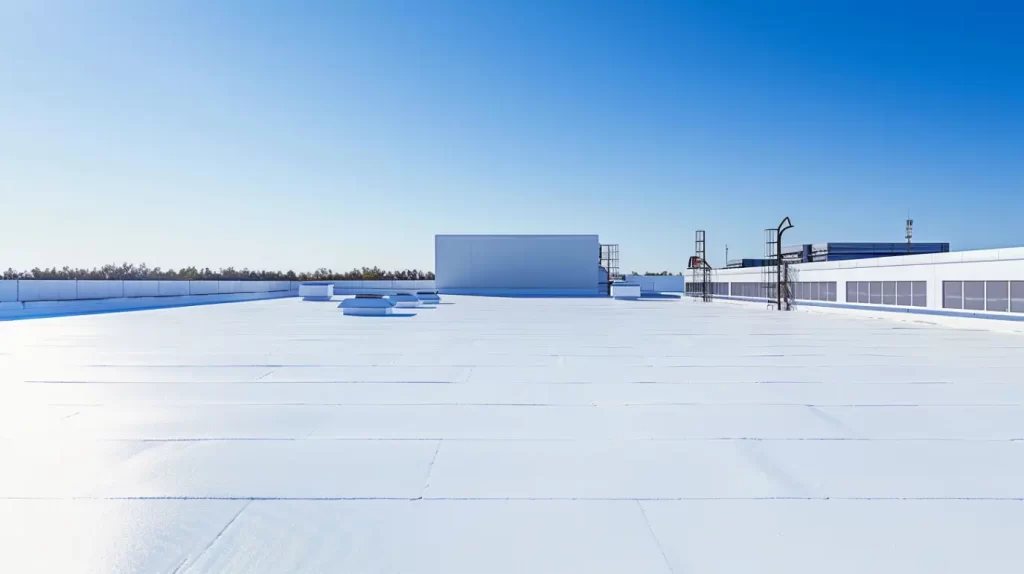
Solar Absorption and Reflectivity Explained
Solar energy impacts roof surfaces differently. Dark roofs absorb more sunlight, retaining heat and potentially raising indoor temperatures, leading to higher cooling energy usage in warm climates. In contrast, lighter roofs reflect sunlight, reducing heat absorption and lowering energy costs. Therefore, considering your roof’s color and material is crucial for decreasing energy consumption and keeping your home cool.
How Roof Color Impacts Indoor Temperature
Your roof color significantly influences your home’s internal temperature. Lighter colors reflect sunlight, reducing heat absorption and keeping your home cooler in summer. Conversely, darker colors absorb more heat, leading to a hotter interior.
Understanding thermal emittance—the ability of roofing materials to release heat—can guide you in managing energy consumption effectively. Choosing the right roof color enhances comfort, lowers cooling costs, and improves overall energy efficiency.
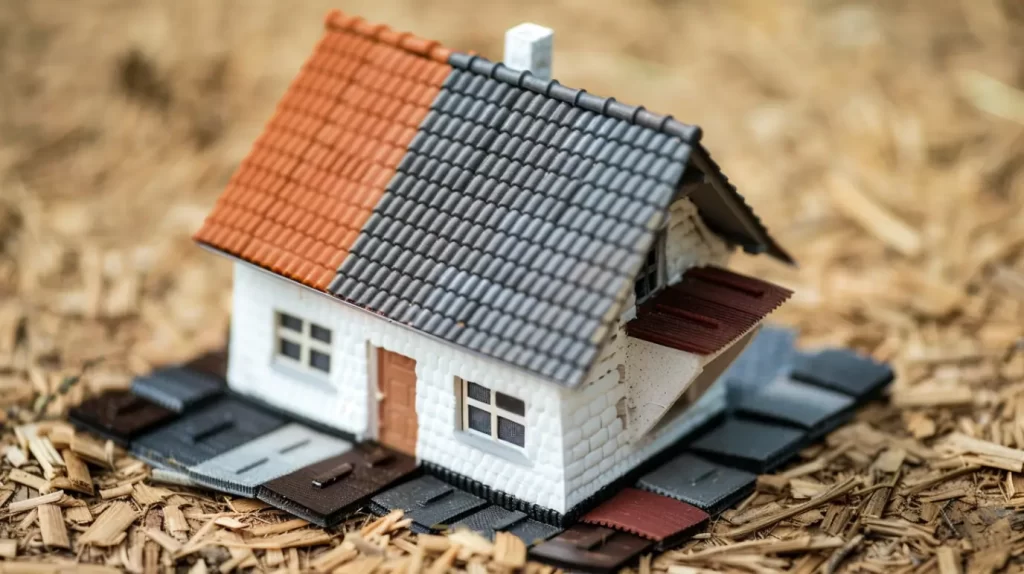
Light vs. Dark Roof Colors
Choosing between light and dark roofs can enhance energy efficiency. Light roofs, like light gray, reflect solar heat, reducing cooling costs in summer. Conversely, dark roofs, such as dark gray, retain heat better in colder climates, keeping rooms warm. Selecting the right roof color improves indoor comfort, lowers bills, and reduces environmental impact.
Lowering Utility Bills
Opting for lighter roof colors can enhance your home’s energy efficiency, particularly in warmer climates. These shades reflect most sunlight, keeping your home cooler and reducing air conditioning needs. This leads to lower cooling costs and real energy savings. By consuming less energy, you also decrease greenhouse gas emissions, benefiting the environment.
Maximizing Heat Retention
Darker roofs retain heat during cold months by absorbing sunlight, making it easier to stay warm and reducing heating needs. For energy-efficient homes, this natural warmth can lower heating costs. In colder climates, choosing a darker roof color enhances energy savings while maintaining aesthetic appeal and indoor comfort.
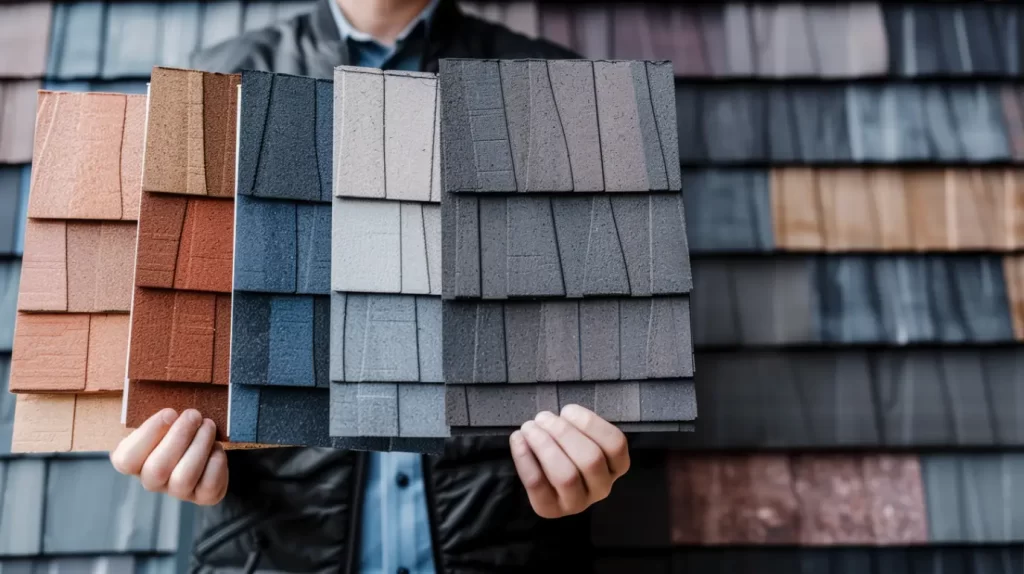
How Roofing Materials Affect Heat Control
Selecting the right roofing material is crucial for managing heat in your home. Metal roofs have coatings that enhance solar reflectance, reducing heat absorption during hot months. Conversely, insulated asphalt shingles retain more heat, making them ideal for colder climates and improving energy efficiency. By choosing roofing products suited to your local climate and efficiency goals, you can enhance comfort and lower utility costs, contributing to a more sustainable lifestyle.
Cool Roof Technologies and Reflective Coatings
Cool roof technologies and reflective coatings enhance energy efficiency by reflecting sunlight, reducing heat absorption, and lowering cooling costs in summer. High solar reflectance materials minimize heat entry, decreasing energy consumption and increasing comfort.
Investing in reflective coatings not only reduces energy bills but also combats the urban heat island effect and lowers greenhouse gas emissions. Therefore, adopting a cool roof is an effective way to manage outdoor heat levels.
Metal vs. Asphalt Shingles
Metal roofs and asphalt shingles enhance efficiency in unique ways. Metal roofs reflect solar heat, reducing cooling costs in warmer months. Light-colored asphalt shingles also lower power consumption by minimizing heating needs in colder weather.
Selecting the right roofing material and color can significantly improve your home’s efficiency, leading to savings on utility bills and increased indoor comfort. A suitable roof can positively impact your home’s power use.
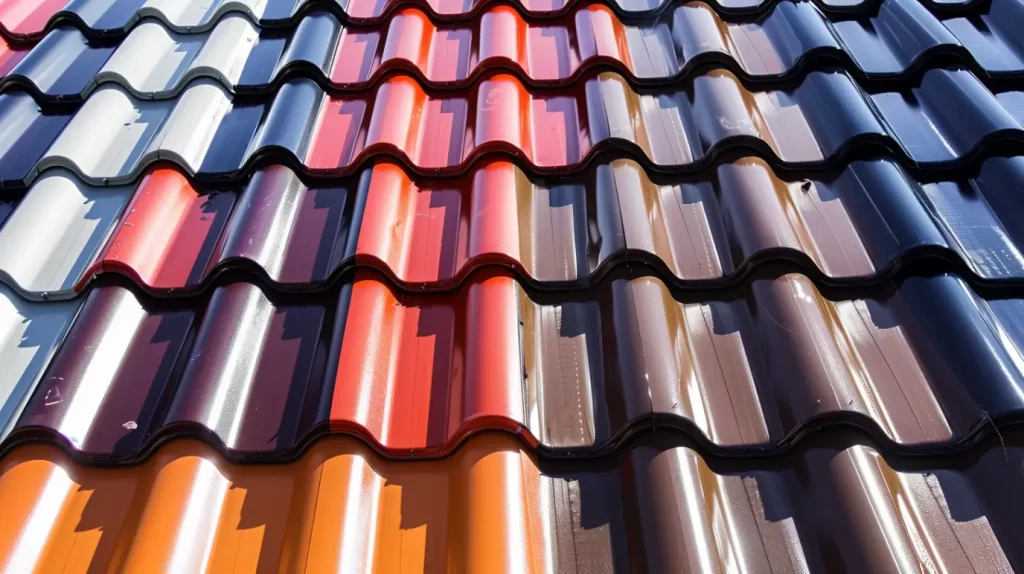
Anaheim & HOA Roof Color Rules
Homeowners in Anaheim, CA must follow HOA rules regarding roof color to maintain the community’s appearance and enhance energy efficiency. These guidelines consider local climate, influencing utility bills.
Lighter colors are ideal for warmer climates, keeping homes cooler and reducing energy costs. Conversely, darker colors retain heat, benefiting colder regions.
Understanding local climate regulations and HOA requirements allows you to make informed choices about your roof color, boosting curb appeal and long-term energy efficiency. Choosing the right roof color based on climate maximizes your home’s potential.
Why Choose Us
Your roof color significantly affects your home’s energy efficiency and bills. Lighter colors reduce heat absorption in warm climates, keeping your home cooler, while darker colors retain warmth in colder areas. Choosing the right roof color promotes energy savings and environmental benefits for long-term comfort. At Fontaine Roofing in Anaheim, CA, we prioritize quality, holding accolades such as GAF Master Elite Contractor and CertainTeed Shingle Master. As members of CACM, CAI, and NRCA, we ensure your roofing needs are handled by trusted professionals.
Read our blog: Safely Addressing Tree Damage on Shared Roofing Systems
Frequently Asked Questions
What color roof increases home value?
The color of a roof can really affect how people see the value of a home. Many buyers like neutral shades such as gray or beige. Lighter colors often make people think that the home is better for energy efficiency. Darker shades can make the house seem more strong and stylish. In the end, what looks good in your area and what the neighborhood is used to can have a big impact on what people want.
What are the advantages of colored roofs?
Colored roofs have many benefits for your home. They can make it look better and help with energy efficiency. Some colors can even raise your home’s value. If you choose a light-colored roof, it will reflect sunlight. This helps lower cooling costs when it is hot. Darker roofs hold heat and help with heat retention when it is cold. Picking the right color is good for your energy goals and fits in with what most people like in your area.

